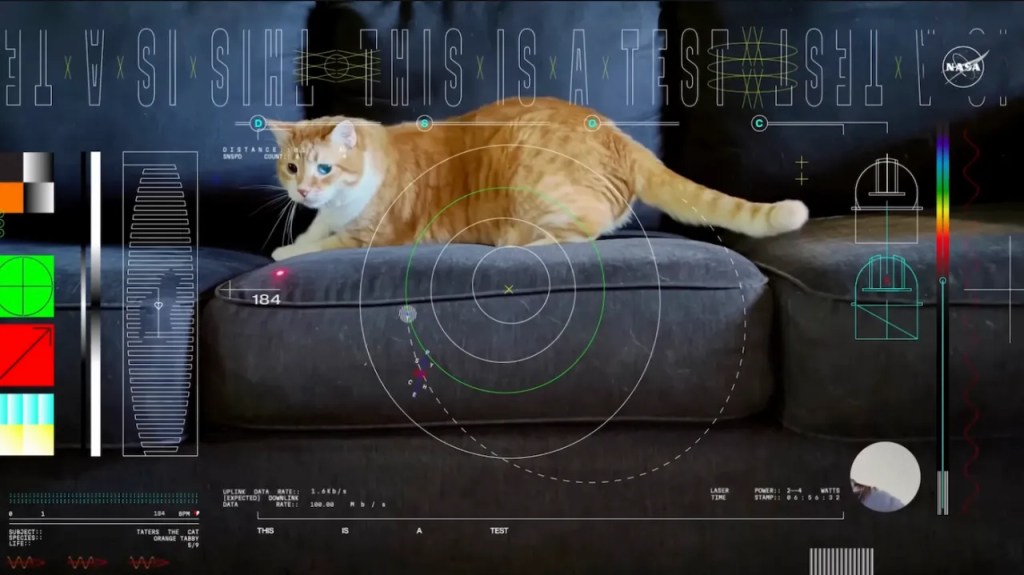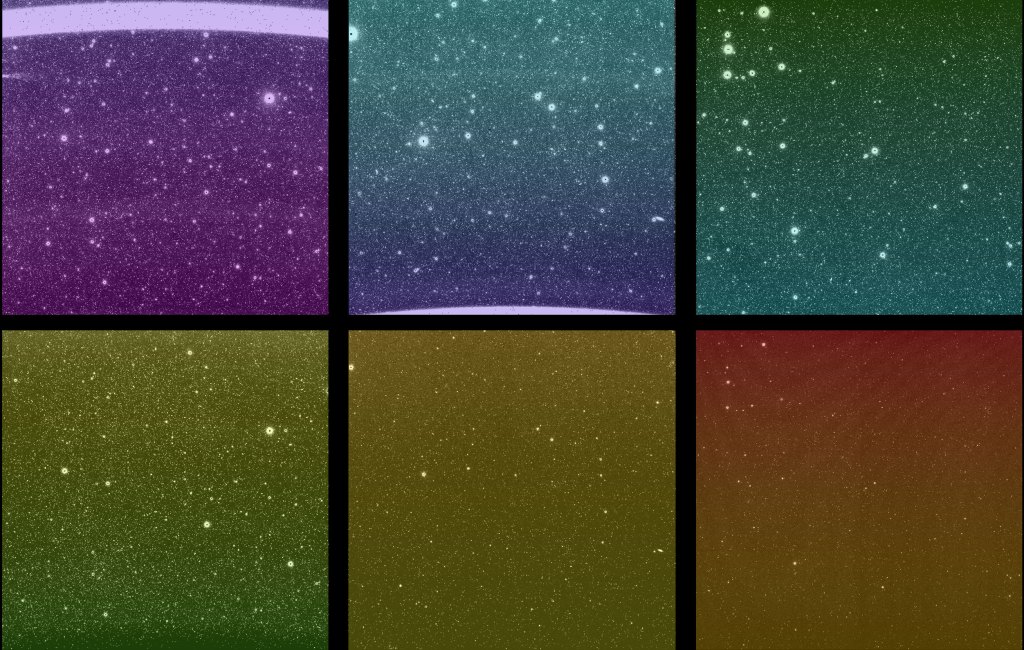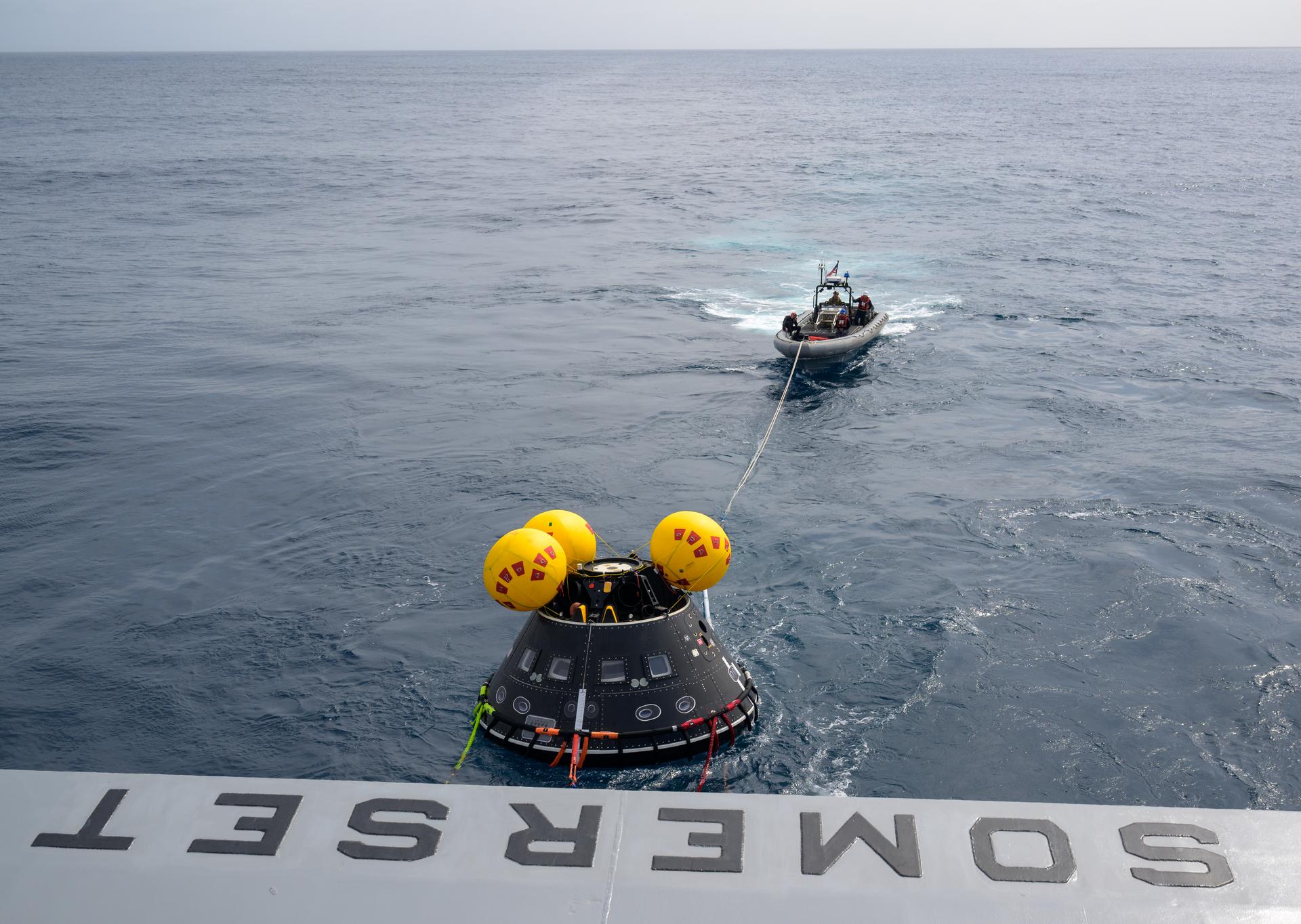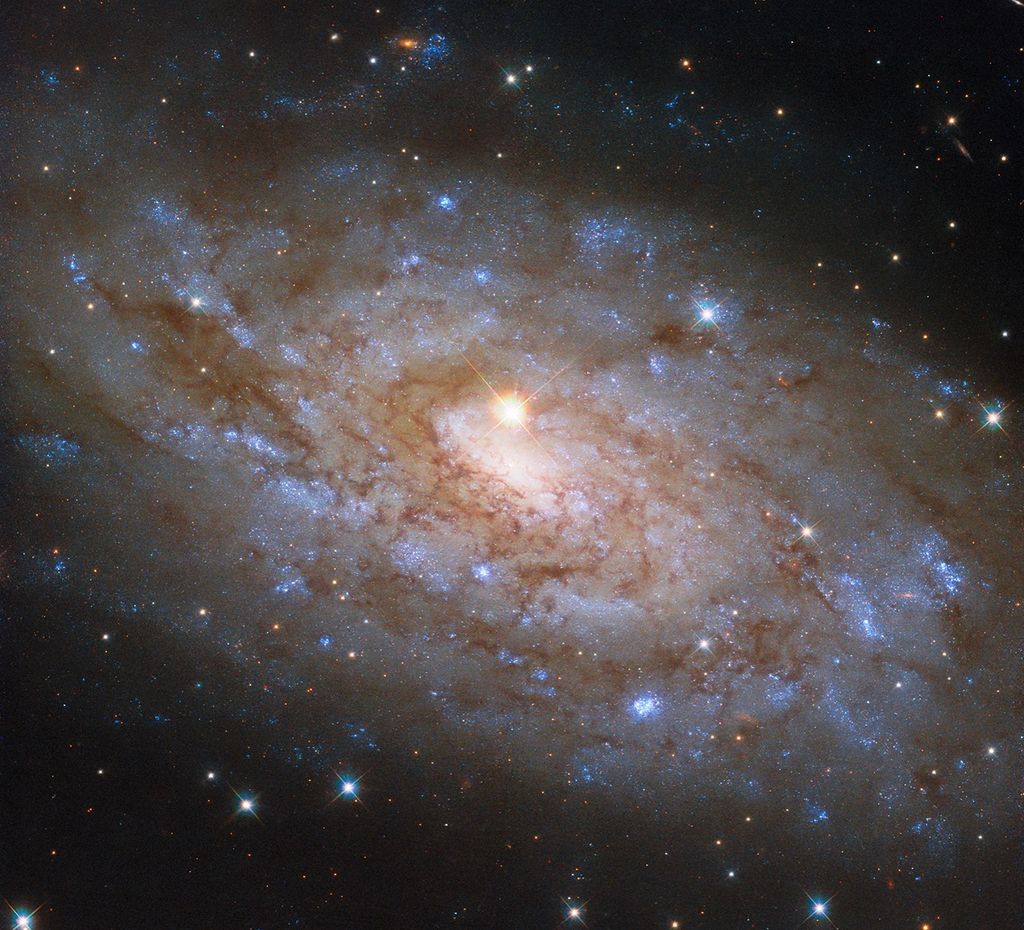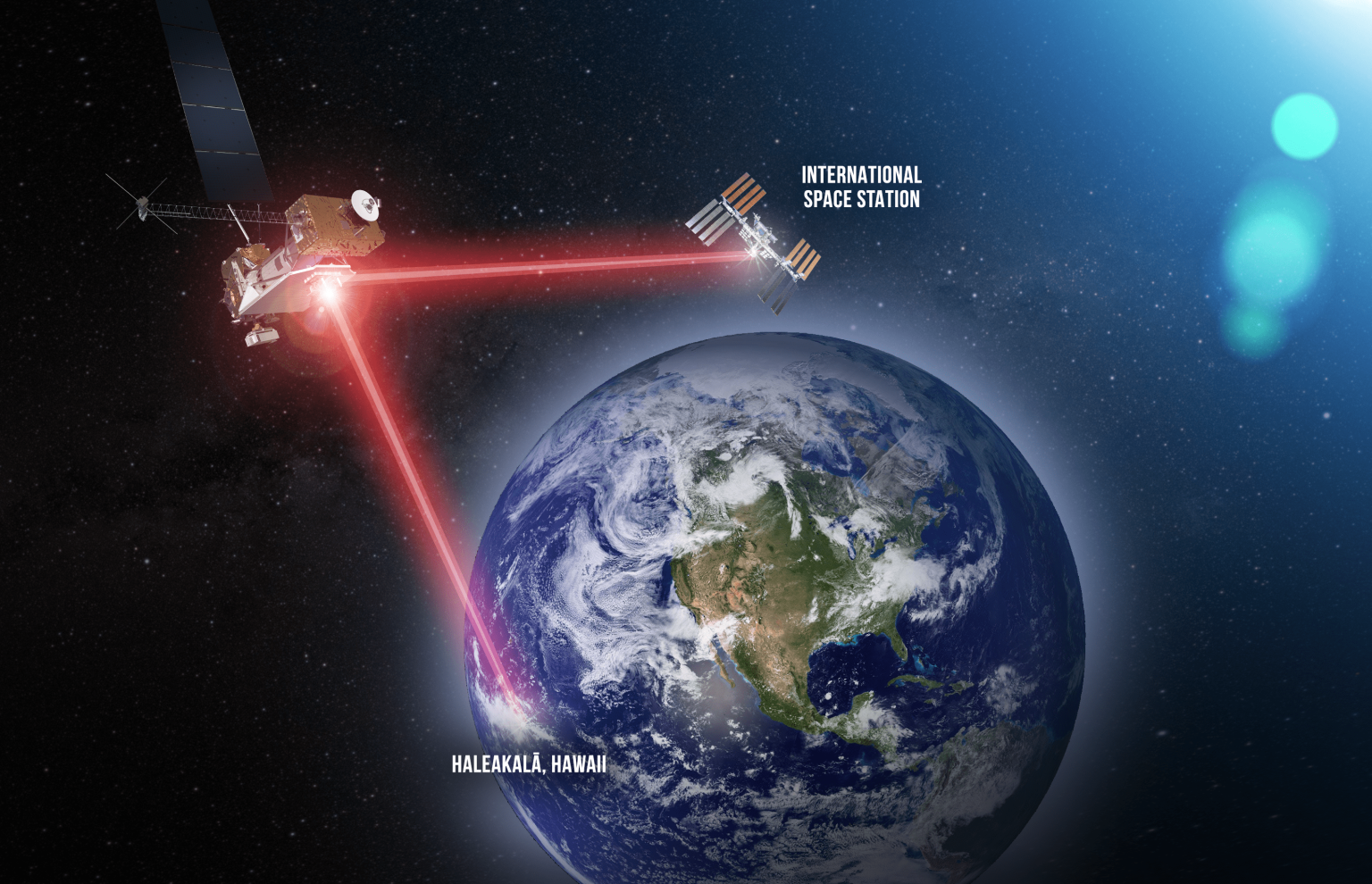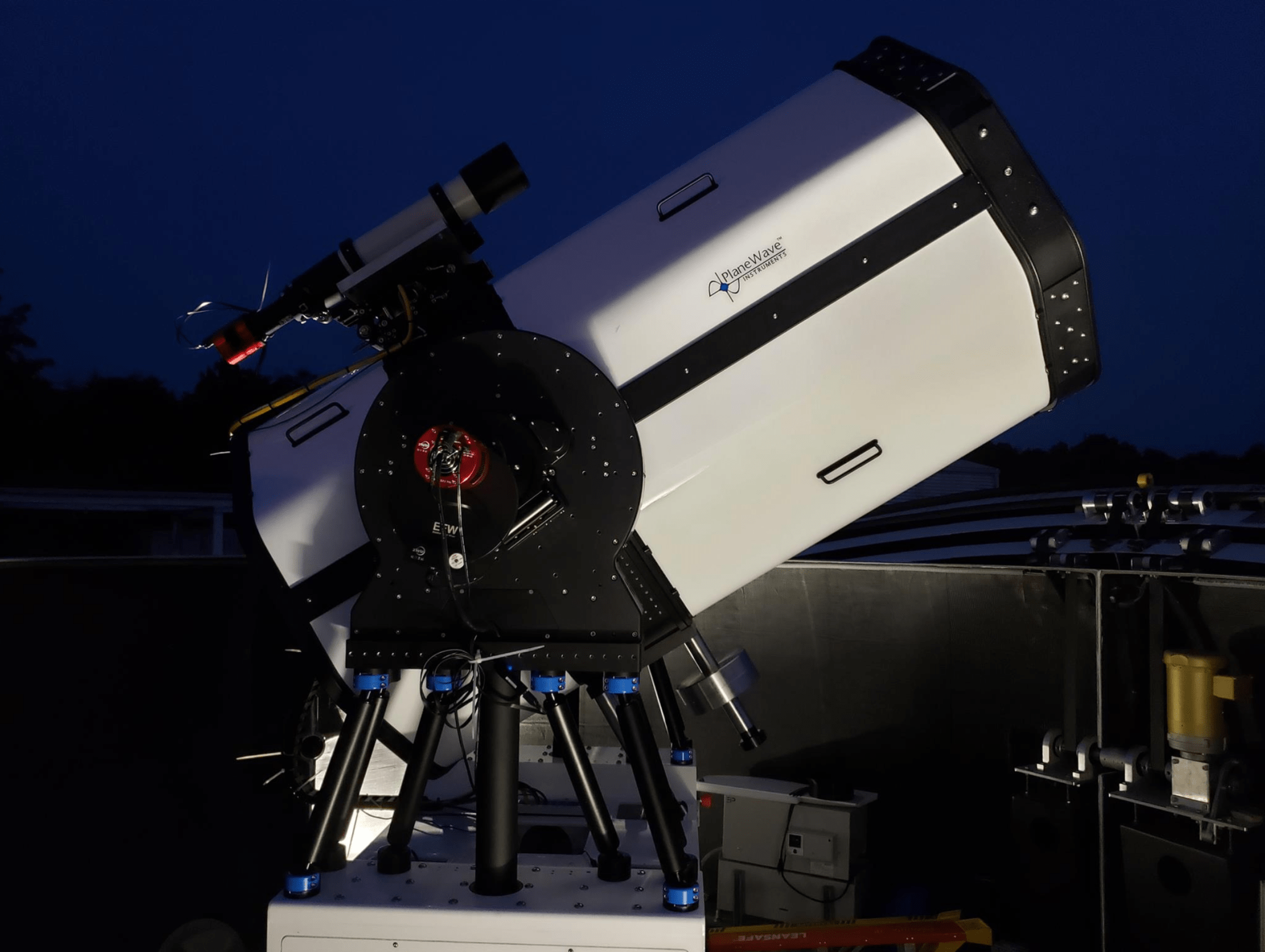Our televisions and computer screens display news, movies, and shows in high-definition, allowing viewers a clear and vibrant experience. Fiber optic connections send laser light densely packed with data through cables to bring these experiences to users.
NASA and commercial aerospace companies are applying similar technologies to space communications, bringing optical speeds to the final frontier. Free-space optical communications leverages recent advancements in telecommunications to allow spacecraft to send high-resolution images and videos over laser links.
“Free-space” refers to the absence of the insulated, fiber optic cables that enable the terrestrial internet. Free-space laser communications flow freely through the vacuum of space, however atmosphere poses unique challenges to communications engineers.
NASA’s Laser Communications Relay Demonstration (LCRD) will send data to and from ground stations and, eventually, in-space user missions over laser links.
“LCRD leverages the work done in the telecommunications industry for the past several decades. We’re taking the concepts that they’ve created and applying them to space. The trick is optimizing the technology for space.”
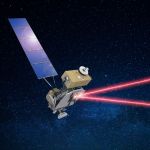
Russ Roder
Product Design Lead for LCRD’s optical module
LCRD’s mission will be spent proving out the technology by testing laser communications capabilities with experiments from NASA, other government agencies, academia, and – in particular – the commercial aerospace community. Industry-developed experiments will allow companies to test their own technologies, software, and capabilities. NASA is providing these opportunities to grow the body of knowledge surrounding laser communications and promote its operational use.
While LCRD’s experimenter program will allow NASA and industry to test and refine techniques, both the agency and the commercial sector have been demonstrating and using laser communications for the past few decades.
Generally, commercial efforts have been focused on developing space-to-space laser systems for use in low-Earth orbit. Companies are investing in satellite constellations which leverage laser communications to provide global broadband coverage. Proposed constellations have several hundred to thousands of satellites, creating an extensive in-space laser communications network. Commercial constellations still largely rely on radio frequency links to send data back to Earth. Whereas LCRD uses lasers for both in-space and direct-to-Earth communications.
While industry is focused on in-space optical communications to support terrestrial users, NASA is demonstrating direct-to-Earth capability from geosynchronous orbit to increase communications capabilities for future missions. With laser communications onboard, missions will be able to communicate more data in a single transmission than they could with traditional radio frequency communications.
“The Earth’s atmosphere distorts laser beams due to turbulence. Understanding these challenges are critical to enabling operational optical communications relay capability,” said Jason Mitchell, Director of the Advanced Communications and Navigation Technology division in the Space Communications and Navigation (SCaN) program at NASA Headquarters.
With these two different yet complementary goals, NASA also is partnering with industry to further refine laser communications hardware. In fact, LCRD includes commercially designed and built components alongside custom, NASA-developed systems. The optical module, which sends lasers to and from the payload, was designed by the Massachusetts Institute of Technology Lincoln Laboratory and built at NASA’s Goddard Space Flight Center in Greenbelt, Maryland. However, multiple parts of LCRD came from companies like L3Harris Technologies, SEAKR Engineering, Moog Inc., and the Sierra Nevada Corporation. These include the telescope system, controller electronics system, and space switching unit – all critical to LCRD operations.
Additionally, NASA’s Low-Cost Optical Terminal (LCOT) will use commercial off-the-shelf or slightly modified hardware to reduce expense and speed implementation. NASA depends on a robust domestic space industry and hopes these investments will allow the U.S. government to purchase future laser communications hardware and services. This will decrease costs while enabling more missions to use laser communications.
NASA is committed to fostering the growing space economy and the commercial aerospace community to encourage technological innovation/ bring down costs for all users. This dedication extends to new technologies and capabilities like laser communications systems.
The U.S. Department of Defense’s Space Test Program Satellite-6 (STPSat-6), part of the Space Test Program 3 (STP-3) mission, will launch on a United Launch Alliance Atlas V 551 rocket from the Cape Canaveral Space Force Station in Florida no earlier than December 5, 2021. STP is managed by the United States Space Force’s Space Systems Command.
LCRD is led by Goddard and in partnership with JPL and the MIT Lincoln Laboratory. LCRD is funded through NASA’s Technology Demonstration Missions program, part of the Space Technology Mission Directorate, and the Space Communications and Navigation (SCaN) program at NASA Headquarters in Washington, D.C.
Banner image: Illustration of STPSat-6 with the Laser Communications Relay Demonstration (LCRD) payload communicating data over infrared links. Credit: NASA’s Goddard Space Flight Center

